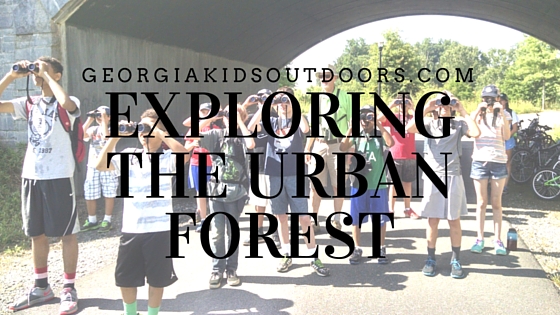I had the opportunity to drop in today at the new Trees Atlanta TreeHouse, located just down the block from the Krog Street Market and backed up by the Atlanta BeltLine.
This is the educational facility for Trees Atlanta, a group dedicated to protecting Atlanta’s urban forest through planting, conservation and education. The TreeHouse provides a space for school, scout, homeschool and other groups to take part in hands-on environmental education programs.
The TreeHouse hosts the Thirsty Roots Reading Group for ages 2-7, a free reading club that includes a weekly nature-themed book reading and a craft project every Monday. Families are also given an activity they can complete together on the Atlanta BeltLine Arboretum following the indoor activities. Periodic Orienteering Lessons give another chance to explore the BeltLine while learning map and compass reading skills
They’ve also just announced the 2016 Junior TreeKeepers Day Camp schedule (for both spring and summer breaks). Each day begins and ends at the TreeHouse, with extended care options available, but the rest of the day the kids will spend the way every summer vacation should be spent: outside, getting up close with nature, and being active.
For older kids looking for valuable work and leadership experience (and the chance to earn some cash and a free lunch every day), the Youth Tree Team offers a 9-week summer work program for grades 9-12. The application process for this highly competitive program is already closed for 2016, but check back in early 2017 for a chance to be selected.
However, there’s still an opportunity to be a member of the Acorn Club, TreesAtlanta’s newest kids’ environmental stewardship program. Members can expect invitations to special youth education events, quarterly emails with activity ideas, and discounts on camp fees.

